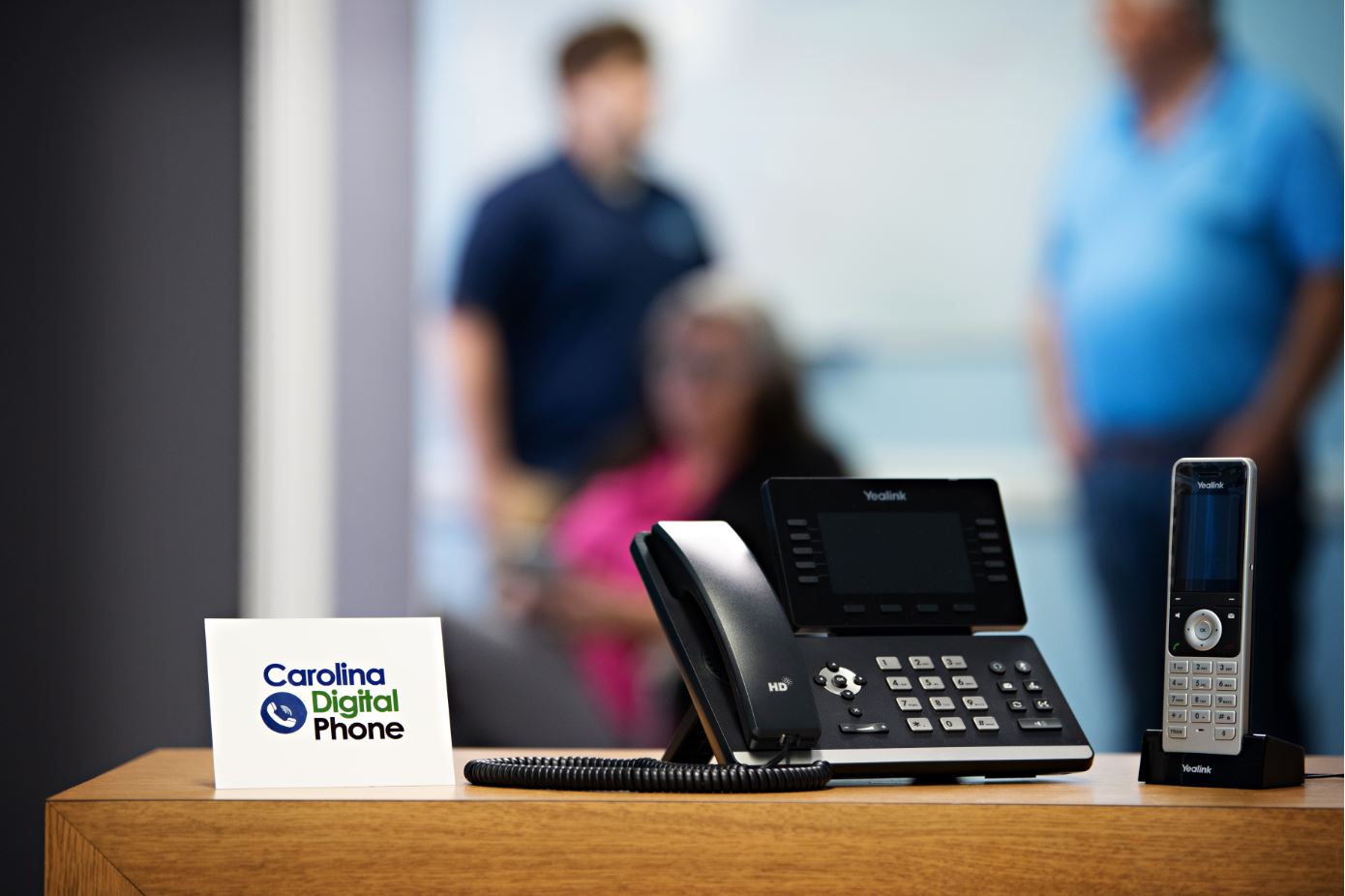While many of us are used to our hard-wired phones and the reliability they offer in communications, this channel does not offer easy integration into the all-IP network. A number of companies have already made the move to deploy IP phones in order to leverage VoIP capabilities in the enterprise, yet the recession halted some of that spending.
You may not realize just how big of a business it is, though. According to the latest statistics, there are one billion people using VoIP services by the end of 2017. Given that there are only 7.5 billion people in the world, that means that approximately one in every eight people uses VoIP at home, at work, or at some other point during the day.
While there has been a sharp rise in smartphone usage, it too has not displaced the demand for IP phones. There have been some over the years who have suggested that PCs with headsets and softphones would emerge as the industry leaders over desktop phones, but that doesn’t appear to be the case now or projected as the turn in the future. The majority of business customers don’t want to give up their desktop phones.
It is true that business communications today is about more than just a phone, fax, and e-mail account. The multitude of real-time applications available from Twitter to Unified Communications (News – Alert) has enabled users to connect, communicate and collaborate wherever they are and for whatever reason. The fact of the matter, however, is that the desktop phone is here to stay.
For those who love their IP phones, this is good news as the future holds significant potential for desktop phones. They might be connected to something more elaborate than an office telephone system or they might be used for unified communications and voice drive applications, but the possibilities are virtually endless.




